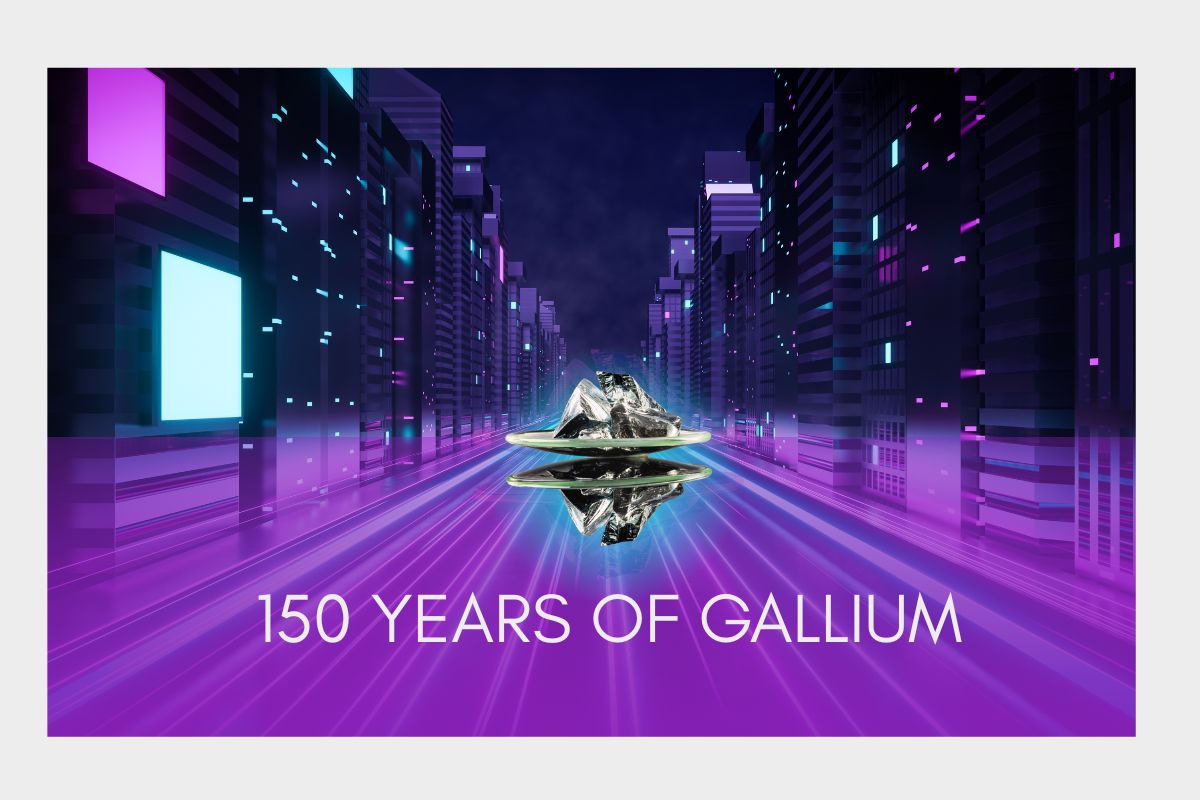The strategic metal was first discovered in 1875 and named after Gallia, the Latin name for France.
On the evening of August 27, 1875, the French chemist Paul-Émile Lecoq de Boisbaudran discovered a new element in a sample of the mineral sphalerite. Unknowingly, he thereby confirmed the prediction of Russian chemist Dmitri Mendeleev, who had projected the existence of an undiscovered element to fill one of the gaps in his periodic table published in 1871. Lecoq de Boisbaudran named his discovery gallium, after Gallia, the Latin word for his homeland, France.
Today, gallium is indispensable for high-tech applications such as computer chips and light-emitting diodes (LEDs), which are capable of producing the entire color spectrum. The metal is also used in medical technology, for example, in imaging techniques and sensors. Remarkably, gallium melts at just above 29 °C, meaning it can liquefy in the palm of a hand.
The strategic importance of this rare technology metal has led many countries to classify it as a critical raw material. Concerns arose in the summer of 2023 when China introduced export restrictions on gallium, causing shipments to come to a temporary standstill. Although exports have since resumed, they remain well below the average levels of previous years.
While the supply of gallium is increasingly under pressure, the metal’s relevance is unlikely to diminish. In addition to its established strategic applications, gallium’s fascinating properties continue to inspire new fields of use and remain the subject of scientific research, for instance, in medical technology and robotics.
Gallium in medicine: The metal could facilitate injections and could help in the development of micro-robots.
The latest gallium export data can be found here.
Photo: montage rawmaterials.net

